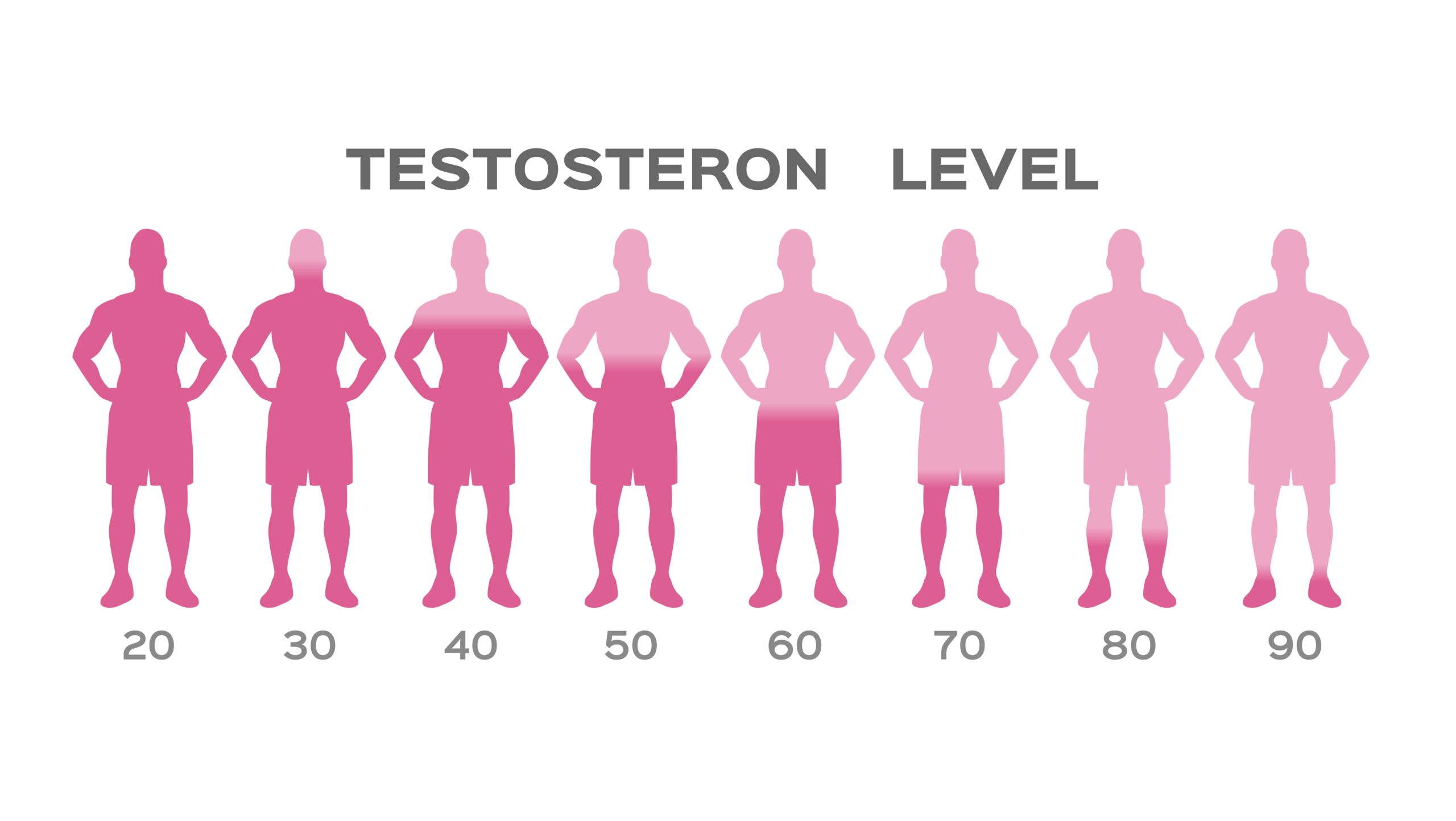Starting in June, Apple Music users will be able to listen to songs without loss of quality and enjoy spatial audio experiences with Dolby Atmos compatibility, technology that allows, among other things, to identify the position of instruments in songs.
On the occasion of the introduction of this surround sound, Apple promises “thousands of songs available” from many genres and artists. The songs in Dolby Atmos quality will be presented in their own playlists, and the albums will be marked with a new icon.
Dolby Atmos works in all Apple headphones (AirPods, AirPods Pro and AirPods Max) and some Beats models, as long as they are equipped with the H1 or W1 chip.
According to Apple, the new audio options will be included in Apple Music subscriptions at no additional cost.
Like other providers, Apple currently compresses songs to obtain a lower bit rate and therefore a more austere data volume during streaming. The format used is AAC, which offers a quality of 256 kilobits per second (Kbit / s) and at the same time guarantees file sizes of just under 5 megabytes per song.
The lossless audio format ALAC (Apple Lossles Audio Codec), which will progressively reach 75 million songs in the Apple Music catalog by the end of the year, promises sound quality ranging from CD quality (16-bit, 44, 1 kilohertz) up to lossless high resolution (24 bit 192 kHz).
A side effect of this sound offensive is that ALAC results in considerably larger audio files. To ensure that the monthly data volume or mobile storage space does not run out after just a few songs, users will be able to choose between different quality levels for mobile data, WLAN or download.
Apple indicates that the High-Res Lossless option (the highest offered with this service) will require additional equipment, such as a digital-to-analog converter.
According to the British technology platform “t3.com”, Apple’s own wireless headphones are not in a position to reproduce this sound in high resolution. This is due to the Bluetooth AAC transmission technology, which does not support such high data rates. It is not yet clear if this limitation can be solved through a software update or we will have to wait for a new generation of AirPods.
Apple isn’t the only streaming provider that’s tweaking the quality with its new lossless formats and surround sound. Streaming service Tidal, for example, has long offered high-definition audio, while Spotify announced high-definition audio for “later this year” in February. Amazon Music, meanwhile, has already enabled HD audio in CD quality for all Amazon Music Unlimited subscribers.
dpa
–
:quality(85)//cloudfront-us-east-1.images.arcpublishing.com/infobae/UXDBISTXU5FN5B5JZARB7GTSVE.jpg)

